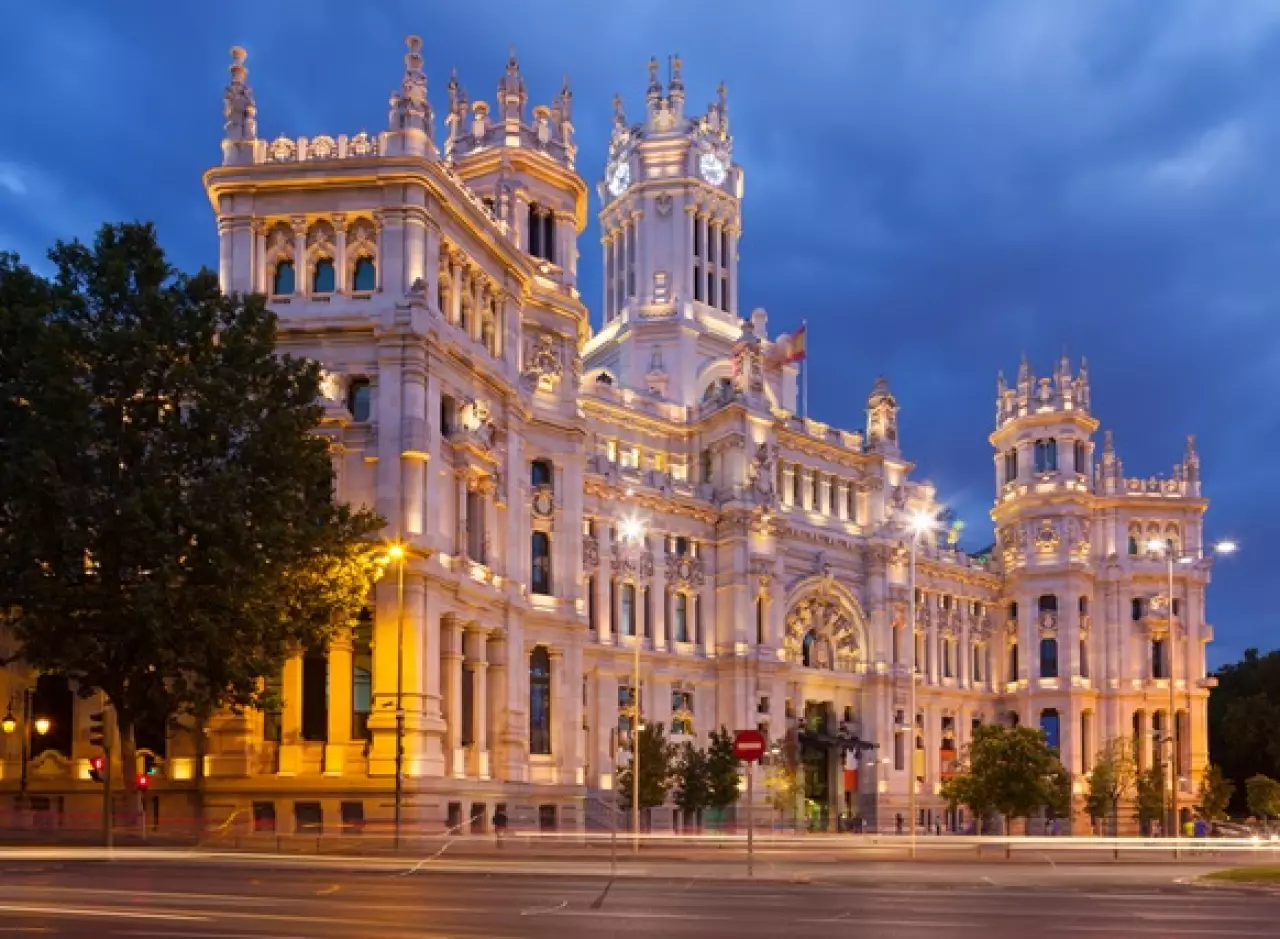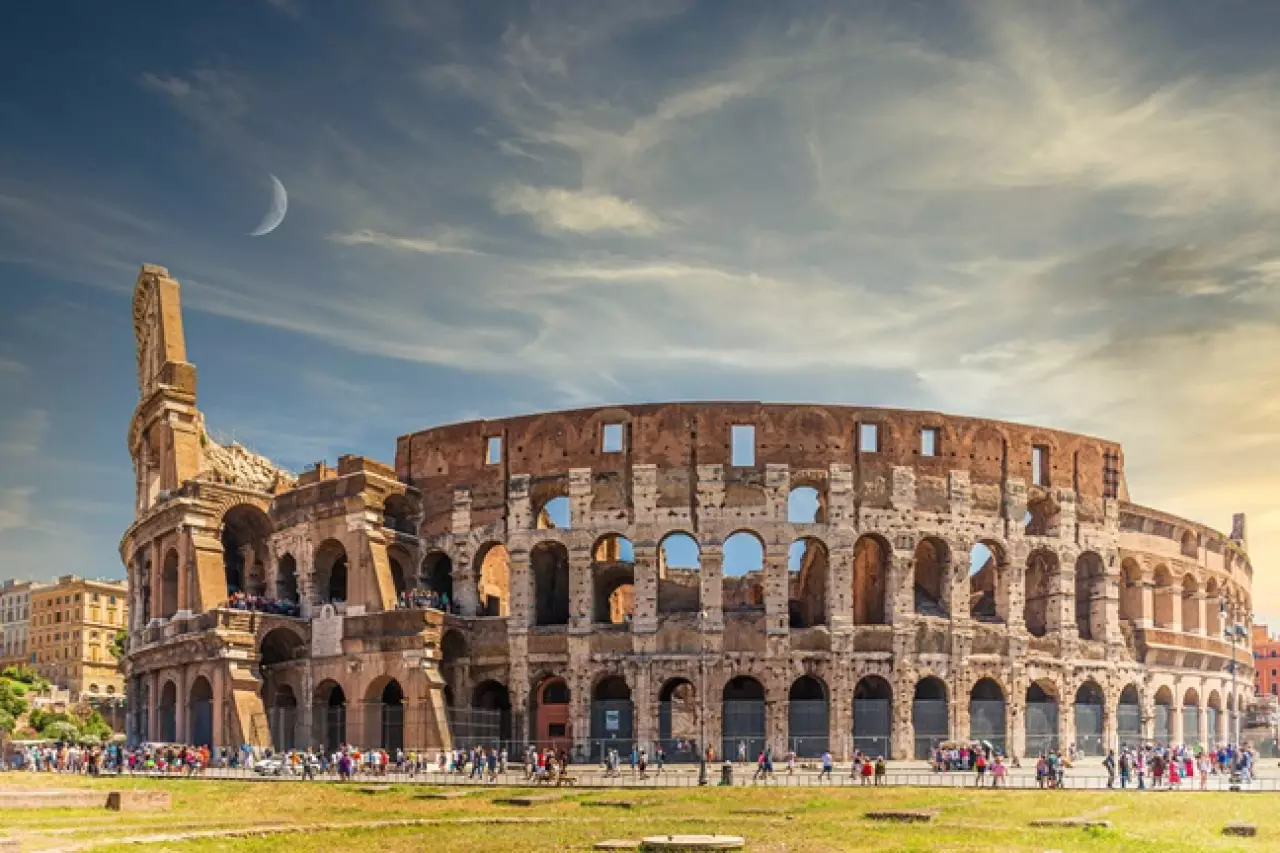Discover Croatia: A Mediterranean Gem of Heritage, Islands, and Adriatic Charm
Croatia is a destination that captures hearts with its crystal-clear coastline, medieval towns, sun-soaked islands, and rich cultural tapestry. Nestled between Central Europe and the sparkling Adriatic Sea, Croatia offers a stunning blend of ancient history, natural wonders, and modern luxury. From Roman amphitheaters to UNESCO-protected cities and world-class beach resorts, Croatia invites you to experience a journey full of discovery, relaxation, and timeless beauty.
Dubrovnik: The Pearl of the Adriatic
Dubrovnik is Croatia’s most iconic city, known for its formidable stone walls, terracotta rooftops, and dramatic cliffside setting. The Old Town, a UNESCO World Heritage Site, is a treasure trove of baroque churches, marble-paved streets, and Renaissance palaces.
Walk the city walls for breathtaking views of the sea and the town below. Visit the Rector’s Palace, Franciscan Monastery, and the Sponza Palace, all of which tell the story of a once-mighty republic. Take a cable car up to Mount Srđ for panoramic views or relax at Banje Beach, just a short stroll from the city walls.
Luxury hotels in Dubrovnik offer sea-view suites, rooftop pools, and private beach access. Options include elegant palaces converted into boutique hotels and modern seaside resorts with full-service spas.
Split: Roman Heritage and Coastal Energy
Split combines vibrant city life with ancient Roman history. At its center lies Diocletian’s Palace, a sprawling fourth-century Roman complex that now houses shops, restaurants, and apartments. It’s a living monument, where history and daily life blend seamlessly.
Stroll through the Peristyle, sip coffee in a square once reserved for emperors, and climb the bell tower of Saint Domnius Cathedral for sweeping views. The Riva promenade is perfect for an evening walk or dinner by the sea.
Split’s accommodations range from boutique hotels inside ancient walls to beachfront resorts along the Adriatic. Ferry services from Split provide easy access to Croatia’s nearby islands.
Hvar: Island of Sunshine and Style
Hvar is one of Croatia’s most glamorous islands, known for its sunny climate, lavender fields, and vibrant nightlife. Hvar Town offers an enchanting mix of stone alleys, chic bars, and historic landmarks like the Spanish Fortress and the Cathedral of St. Stephen.
During the day, explore nearby coves and beaches such as Dubovica or the Pakleni Islands by boat. Enjoy a sunset cocktail at a rooftop bar overlooking the harbor or dine on freshly caught seafood at a waterfront restaurant.
Stay in historic stone villas turned into stylish boutique hotels or in modern luxury resorts perched above the bay with infinity pools and world-class amenities.
Korčula: A Taste of Tradition
Korčula is a quieter island with an authentic feel and strong cultural traditions. Its main town, also called Korčula, resembles a smaller Dubrovnik, complete with medieval walls and narrow, winding streets. Locals claim it is the birthplace of Marco Polo.
Explore local wineries, attend a traditional Moreska sword dance, and relax on beaches surrounded by pine forests. The island offers charming guesthouses, seaside inns, and vineyard-adjacent hotels for a serene retreat.
Zadar: History Meets Modern Art
Zadar offers a unique mix of Roman ruins, medieval churches, and contemporary public art. Walk through the Roman forum, step inside the ninth-century Church of St. Donatus, and admire the Sea Organ and Sun Salutation—two modern installations that use the wind and sun to create sound and light displays.
Zadar’s waterfront is lively yet relaxed, perfect for leisurely dinners with views of the sea. The region also provides access to stunning national parks like Paklenica and Plitvice Lakes.
Accommodations in Zadar include stylish city hotels, coastal resorts, and boutique B&Bs within walking distance of the Old Town.
Rovinj and the Istrian Peninsula
Rovinj is a charming town on the Istrian coast, known for its Venetian-style architecture and artistic vibe. Climb to the top of St. Euphemia’s Church for spectacular views, or explore cobblestone lanes filled with art galleries and cozy cafés.
Istria is Croatia’s culinary heartland. Inland villages are known for truffle hunting, olive oil production, and boutique wineries. The region’s fusion of Italian and Croatian culture is visible in its food, festivals, and language.
Stay in restored stone farmhouses, coastal boutique hotels, or vineyard estates offering gastronomic experiences.
Zagreb: The Capital with Character
Zagreb is Croatia’s vibrant capital, filled with Austro-Hungarian architecture, leafy parks, and lively squares. The Upper Town features historic buildings, traditional markets, and the gothic Zagreb Cathedral. Ride the funicular to explore both Upper and Lower Towns easily.
Visit museums like the quirky Museum of Broken Relationships or the Croatian Museum of Naïve Art. Zagreb also has a dynamic food and café culture, with outdoor terraces buzzing from morning till night.
The city offers a mix of modern hotels, elegant historic properties, and boutique accommodations in the city center.
Plitvice Lakes National Park: A Natural Wonderland
Plitvice Lakes is one of Croatia’s most famous natural attractions. This UNESCO-listed park features 16 terraced lakes connected by waterfalls and walking trails. Wooden boardwalks lead visitors through forests, over lakes, and past cascading waters.
The park is open year-round and changes with the seasons—from lush greens in summer to snowy serenity in winter. Nearby hotels, eco-lodges, and guesthouses offer convenient access for early-morning or late-afternoon visits without crowds.
Pula: Roman Grandeur on the Coast
Pula is located at the southern tip of the Istrian Peninsula and is home to one of the best-preserved Roman amphitheaters in the world. The Pula Arena still hosts concerts and events during summer months.
The town also features Roman temples, Byzantine churches, and a bustling harbor. Beaches around Pula are less crowded and perfect for snorkeling or sunbathing.
Stay in seafront resorts or cozy heritage hotels that reflect the area’s ancient charm and coastal atmosphere.
Mljet: Croatia's Green Island
Mljet is a largely forested island with a peaceful, untouched feel. Much of the island is a national park, featuring two saltwater lakes and a 12th-century Benedictine monastery on a small island within one of them.
It’s ideal for kayaking, cycling, and hiking. Accommodations are simple but charming, ranging from family-run guesthouses to nature-friendly lodges that emphasize eco-tourism.
Travel Tips for Visiting Croatia
Spring and early autumn are the best times to visit, offering pleasant weather and fewer crowds. Ferries and catamarans provide easy access to islands, while highways and local buses make inland travel efficient.
Croatia uses the euro, and credit cards are widely accepted, though it’s useful to carry some cash in smaller towns. English is widely spoken, especially in tourist areas, and the locals are known for their warmth and hospitality.
Local cuisine is regional and seasonal. Try black risotto, pasticada, peka, fresh seafood, and Istrian truffles. Pair meals with local wines or rakija, a fruit brandy often offered as a welcome drink.
Croatia is a destination that enchants with its diversity, where history and modernity meet by the sea, and where every island, town, and village has a story to tell. Whether you’re sailing the Dalmatian coast, wandering through Roman ruins, or relaxing in a vineyard villa, Croatia offers a journey as rich and unforgettable as its landscapes.





